DOMENICO DE CHIRICO
Generazione Critica: What is your background and which are the significant experiences at the beginning of your career? Have you had and do you have any models inside your practice and research?
Domenico de Chirico: Over the years, my training has been elongated through a strongly felt course of study, dedicated to the so-called humanae litterae: starting from Grammar high school, I then graduated in Foreign Languages and Literatures, with a special focus on languages and cultures of Eastern Europe, with an experimental degree thesis in Comparative History of the Art of European Countries, written in three languages, developed from the shrewd, essential and memorable work of the artist Dan Perjovschi.
Nothing particularly predictable. Having said that, I was certainly lucky enough to start my journey as an independent curator under the aegis of gallery owners such as Mihai Nicodim and Philippe Valentin. In terms of practice and research, ab illo tempore, I have relied on, and probably will never stop doing it, my instinct, my personal taste, my thirst for discovery, the need to be continually stimulated, dedication, attention, listening and discipline. Avoiding egotism.
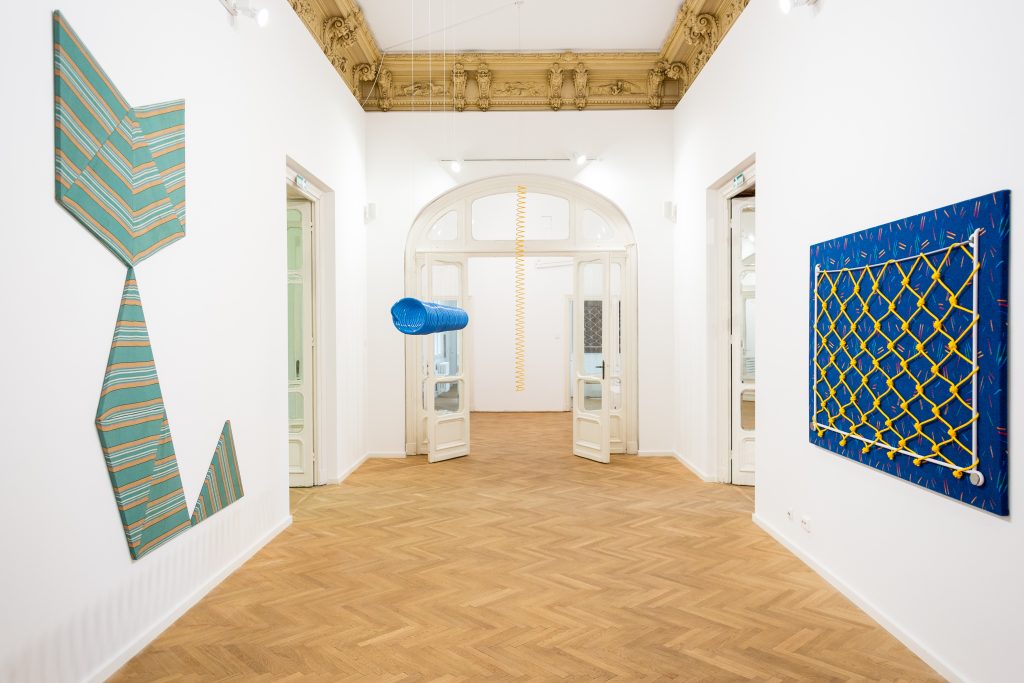
What is a Bird? We simply Don’t Know, 2015, curated by Domenico de Chirico, installation view at Nicodim Gallery, Bucarest, Courtesy the gallery
GC: The trend in the communication of exhibitions but also institutional of museums or institutions in general is to stimulate a participatory dimension that is increasingly implemented through social network platforms than the web. What kind of approach and style do you like or enjoy adopting and how much do you act as a ‘content creator’ and curator?
DDC: Between advanced science, scientific dissemination and futuristic technologies, sponsorship channels are also increasing more and more, transforming suddenly, according to the needs and intuitions in force. In this moment they certainly constitute a very fast information channel that often does not require particular efforts either of reading or attention in general, allowing to quickly reach an unlimited amount of possible users. Personally, I simply share with joy everything that involves me, professionally speaking, on what are my personal channels. I refer to social networks. As for the magazines and online containers of the sector, I leave it to whoever has to do it.
GC: The digital circulation of images and the art market, is the question of duplicability something that impacts the perception of collecting and the public? In this sense, NFTs provide opportunities to structure the art market with different dynamics than the consolidated ones or are the issue of uniqueness and therefore unavailability also part of this marketplace?
DDC: Our society, evidently of Debordian mold, dislocated, increasingly needy and acutely labile, is based, in my opinion, on the importance of the image aimed at creating an alteration of reality and justifying diversified social relationships, hopefully with the aim last to open minds to new and unexpected perspectives within reality itself. Having said that, I believe that the co-responsibility of “old” and “new” is of fundamental importance because it is good not to cancel or forget what has been, privileging, moreover, what we do not know how it will be and where it will land because, probably, it is just this that has brought us to the present state of things. Certainly, sometimes, and I am referring in particular to NFTs, the two paths intersect. Personally, I vote for uniqueness, the authentic one. However, I do not disdain, indeed, those new ramifications of art that we all talk about today because we are deeply fascinated or simply intrigued, often without being able to see or touch.
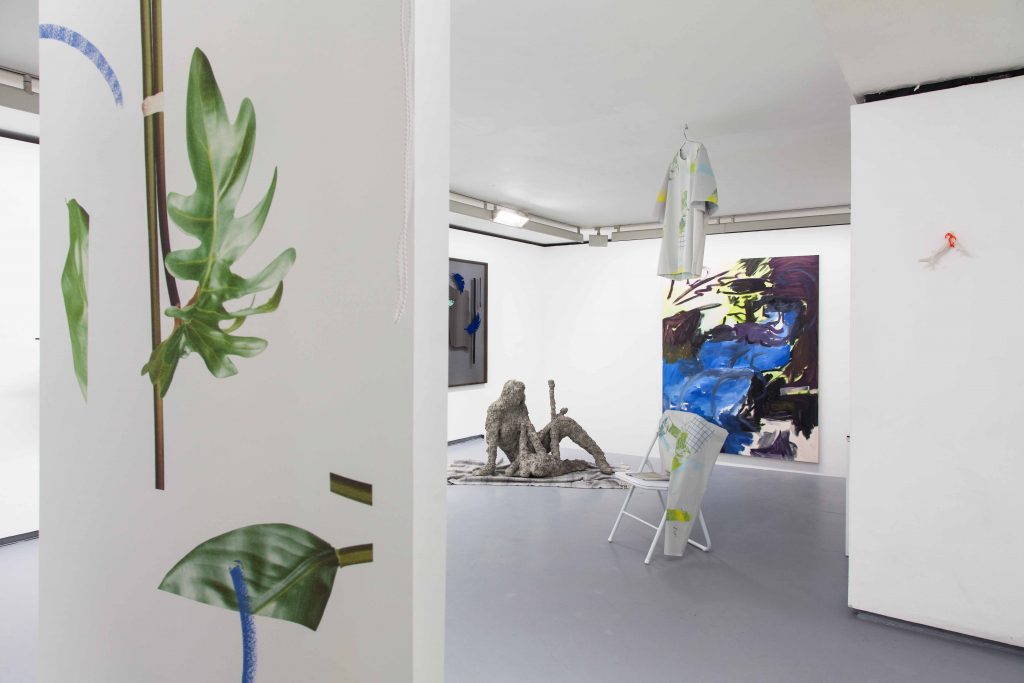
You Will Find Me if You Want Me in the Garden, 2015, curated by Domenico de Chirico, installation view at Valentin Gallery, Paris, courtesy the artist and Valentin
GC: The comparison with the digital dimension, NFTs, online exhibitions etc. it becomes even more complex if we consider the context of contemporary painting. As a curator you have often worked on group or solo exhibitions entirely dedicated to painting and in your career you have also experienced the design and creation of online exhibitions. According to what criteria do you carry out your research and the selection between the different pictorial expressions at the same time as the digitization underway in the field of contemporary art?
DDC: Online exhibitions have certainly been an essential necessity of life and expression during the long and sobbing quarantine imposed on us during the first two years since COVID-19 has gladdened us with its very pleasant presence, a moment strongly characterized by a wavering vital stage between fear and sloth, in which nothing else was allowed. Physicality first of all. For the rest, I think I have already answered previously. I would just like to underline my total openness towards each artistic medium without denying a particular aesthetic and sensitive tension towards painting.
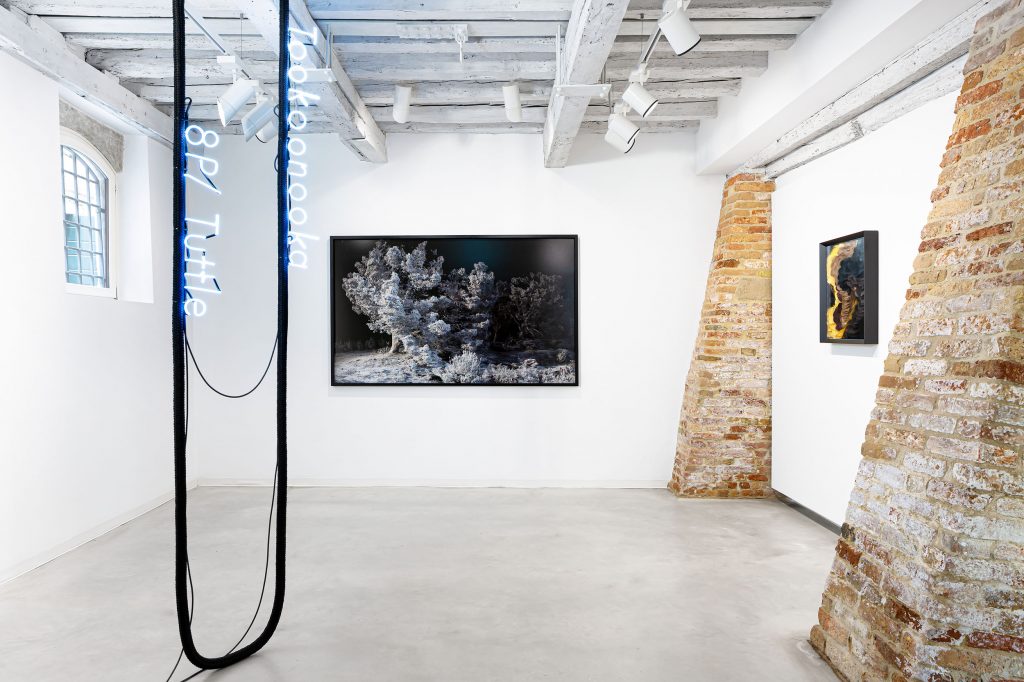
I Dreamed a Dream – Chapter 2, curated by Domenico de Chirico, Installation view at Marignana Arte, Venice, Italy © Silvia Longhi, all images courtesy of the artists and Marignana Arte
GC: “I Dreamed a Dream” (2020) and “L’heure bleue” (2020) are both two exhibitions conceived in chapters. This approach is interesting because makes it possible to continue a curatorial project that does not end in a single event or intervention but which develops over time with a succession of linked episodes, almost a TV series that is built around storytelling. How do you manage these projects and how do you try to maintain continuity between one chapter and another? Furthermore, how does the structure of projects of this type influence the choice of works and artists?
DDC: The exhibitions divided into chapters refer to a single matrix that undeniably serves as a guideline. It is probably a matter of keen interest in the chosen topic and which we want to explore, going deeper, through a specific curatorial activity. Probably, where there is stimulus there are no limits or there are infinite possibilities for interaction.
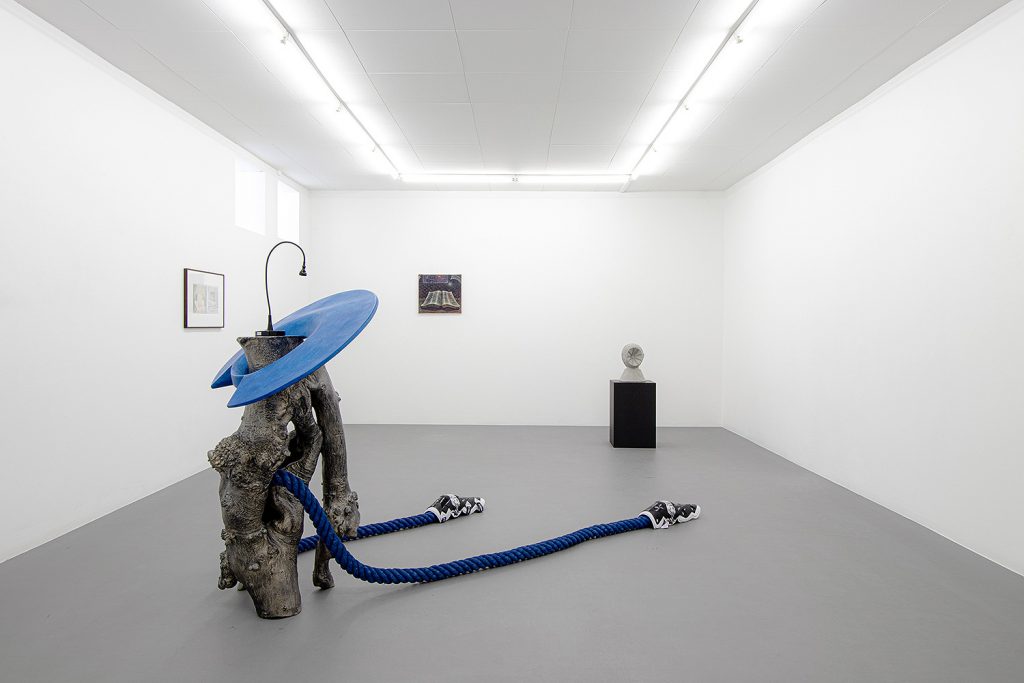
Tanning’s Touch, 2022, curated by Domenico de Chirico, Installation View at Belenius Gallery, Stockholm, Sweden. All images copyright and courtesy of the artist, Belenius, Stockholm, Hunt Kastner Gallery, Galerie Eva Presenhuber, Gallery Piktogram, Galeria Madragoa and Gallery Kraupa-Tuskany Zeidler
GC: Looking at your curatorial experiences, concepts or references often return that gravitate around the themes of the oneiric and the surreal: you have just inaugurated “Tanning’s Touch” (2022) at the Belenius gallery in Stockholm where you quote Luis Buñuel directly, or in the collective “Le domaine enchanté” (2016) at Acappella in Naples you make direct reference to surrealist painting. In view of these personal experiences and current trends, the theme of surrealism and the oneiric seems to become more necessary and sought after by both the artist and the curator. Also in light of the curatorial choice of the Venice Biennale with the exhibition “The milk of dreams”, how can this theme be considered contemporary and how does it also influence your choices?
DDC: All these aspects can probably be enclosed in what James Joyce, Virginia Woolf, Italo Svevo, among others, called “The stream of consciousness”: a technique, mainly literary, which consists in reproducing the free flow of thoughts, feelings, passions and sensations, as they appear in the mind, before being reorganized according to a pre-established logic, in which, through the technique of the monologue, understood as a high moment of great solitude, the individual emerges in the foreground with all his inner conflicts. Can all this not be considered a very topical issue?
GC: Always remaining in dreams: exhibitions and projects you have worked on but have not yet had the opportunity to realize?
DDC: There are several that every day I imagine with open eyes.
20/10/2022
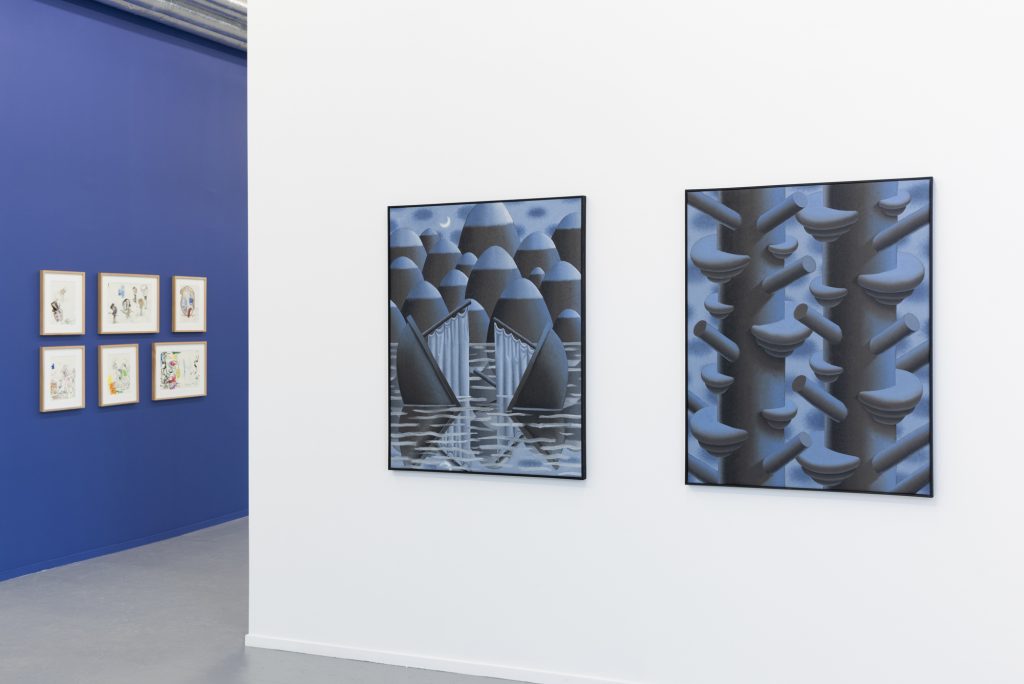
L’Heure Bleue, 2020, curated by Domenico de Chirico, Gallery Sofie Van de Velde, PLUS-ONE Gallery, Antwerp; all images copyright and courtesy of the artist and PLUS-ON Gallery

